LONDON, UK: The use of gold in dental applications declined further in 2013. According to provisional figures released by the World Gold Council in London in February, between 3 and 4 per cent less of the precious material was used in dentistry last year compared with 2012.
Globally, a total of 37.3 tons of gold was used by the profession in the last 12 months, with dentists in Japan and the US remaining the two top consumers. In a statement, the council said that the drop in sales is due to the high price of precious metals on the world market and the continuation of the long-term trend away from gold cast alloys to cheaper alternatives, like ceramics.
“Although not all clinical problems linked to all-ceramic and fibre-reinforced composites have been resolved, these materials are poised to become the material of choice for dental restorations worldwide. As more aesthetic and less expensive treatment options are gaining popularity, the use of gold in dentistry will continue to decrease,” Dr Jukka Pekka Matinlinna, Associate Professor of Dental Materials Science at the University of Hong Kong, commented the figures.
Fabrication of dental gold peaked in 2004, when more than 67 tons was used in dentistry worldwide. Since then, the material has seen a rapid decline, particularly in developed markets like the US. Figures from a Thomson Reuters report indicate that demand there almost halved in 2012 compared with what was produced in the country almost a decade ago. Germany, still the third-largest consumer of dental gold in 2003, only put slightly over 2 tons on the market in 2012, a fragment of the 12.9 tons the country was using ten years earlier.
Demand has also plummeted in South Korea and Italy, two of the other top five consumers of dental gold. With 19 tons a year, Japan currently remains the largest user owing to the subsidisation of kinpala 12, a popular gold-palladium dental alloy, by the Japanese government.
With the first records of its use dating back to AD 200, gold is one of the oldest materials used by man to fill decayed teeth. It is still popular among many dentists owing to its high durability and biocompatibility, which makes it suitable for patients allergic to other metal-based restorative materials, such as amalgam. Poor aesthetics in gingival regions and anterior teeth restorations, however, have limited its range of applications.
LEEDS – Last week, the National Health Service (NHS) released the latest statistics regarding the number of patients seen by NHS dentists in England ...
EDINBURGH, UK: According to the latest statistics, the oral health of children in Scotland continues to improve. Overall, a report recently published by the...
NEWCASTLE, UK: The national group of governing bodies that are responsible for ensuring that people receive safe, high-quality and compassionate dental care...
It would be hard to find two more disparate figures in history than physicist Albert Einstein and American Civil War general Robert E. Lee—who has been ...
LONDON, UK: Since being implemented on 1 January, the UK government’s new system of NHS targets has drawn its fair share of detractors from both inside ...
A growing connection among diabetes, oral health, and dementia highlights the importance of dental care and diabetes management as we age. Having both ...
SENDAI, Japan: A new study has found that periodontal disease and tooth loss are linked to brain shrinkage in the hippocampus, which plays a role in memory ...
DUBLIN, Ireland: In the lead-up to the Irish general election on 8 February, the Irish Dental Association (IDA) has voiced concerns over the incumbent ...
PRAGUE, Czech Republic: The 2020 event had been postponed owing to the COVID-19 pandemic and was held as a virtual meeting in 2021. Now, the organisers of ...
BIRMINGHAM, UK: Dental consumables manufacturer DENTSPLY has introduced its new generation of single-file reciprocating technology for use in endodontics ...
Live webinar
Wed. 14 January 2026
5:00 pm UTC (London)
Dr. Théo Laplane, Dr. Robert Gottlander DDS
Live webinar
Fri. 16 January 2026
5:00 pm UTC (London)
Live webinar
Mon. 19 January 2026
6:00 pm UTC (London)
Philipp Kopp, Michael Seeber
Live webinar
Thu. 22 January 2026
2:00 pm UTC (London)
Prof. Judith Jones D.D.S; M.P.H., Prof. Kakuhiro Fukai D.D.S., Ph.D, Dr. Bathsheba (Bethy) Turton
Live webinar
Thu. 22 January 2026
7:00 pm UTC (London)
Dr. Nicola M. Grande DDS, PhD
Live webinar
Wed. 28 January 2026
1:00 pm UTC (London)
Live webinar
Wed. 28 January 2026
4:00 pm UTC (London)
Prof. Dr. Jan-Frederik Güth



 Austria / Österreich
Austria / Österreich
 Bosnia and Herzegovina / Босна и Херцеговина
Bosnia and Herzegovina / Босна и Херцеговина
 Bulgaria / България
Bulgaria / България
 Croatia / Hrvatska
Croatia / Hrvatska
 Czech Republic & Slovakia / Česká republika & Slovensko
Czech Republic & Slovakia / Česká republika & Slovensko
 France / France
France / France
 Germany / Deutschland
Germany / Deutschland
 Greece / ΕΛΛΑΔΑ
Greece / ΕΛΛΑΔΑ
 Hungary / Hungary
Hungary / Hungary
 Italy / Italia
Italy / Italia
 Netherlands / Nederland
Netherlands / Nederland
 Nordic / Nordic
Nordic / Nordic
 Poland / Polska
Poland / Polska
 Portugal / Portugal
Portugal / Portugal
 Romania & Moldova / România & Moldova
Romania & Moldova / România & Moldova
 Slovenia / Slovenija
Slovenia / Slovenija
 Serbia & Montenegro / Србија и Црна Гора
Serbia & Montenegro / Србија и Црна Гора
 Spain / España
Spain / España
 Switzerland / Schweiz
Switzerland / Schweiz
 Turkey / Türkiye
Turkey / Türkiye
 UK & Ireland / UK & Ireland
UK & Ireland / UK & Ireland
 International / International
International / International
 Brazil / Brasil
Brazil / Brasil
 Canada / Canada
Canada / Canada
 Latin America / Latinoamérica
Latin America / Latinoamérica
 USA / USA
USA / USA
 China / 中国
China / 中国
 India / भारत गणराज्य
India / भारत गणराज्य
 Pakistan / Pākistān
Pakistan / Pākistān
 Vietnam / Việt Nam
Vietnam / Việt Nam
 ASEAN / ASEAN
ASEAN / ASEAN
 Israel / מְדִינַת יִשְׂרָאֵל
Israel / מְדִינַת יִשְׂרָאֵל
 Algeria, Morocco & Tunisia / الجزائر والمغرب وتونس
Algeria, Morocco & Tunisia / الجزائر والمغرب وتونس
 Middle East / Middle East
Middle East / Middle East






























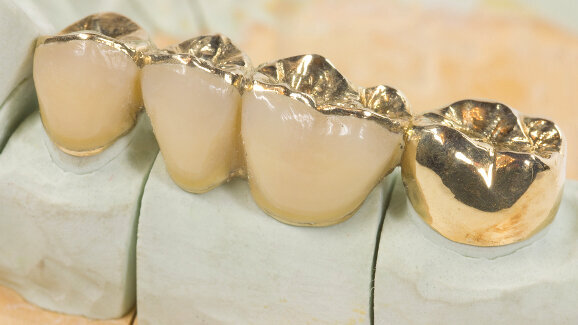
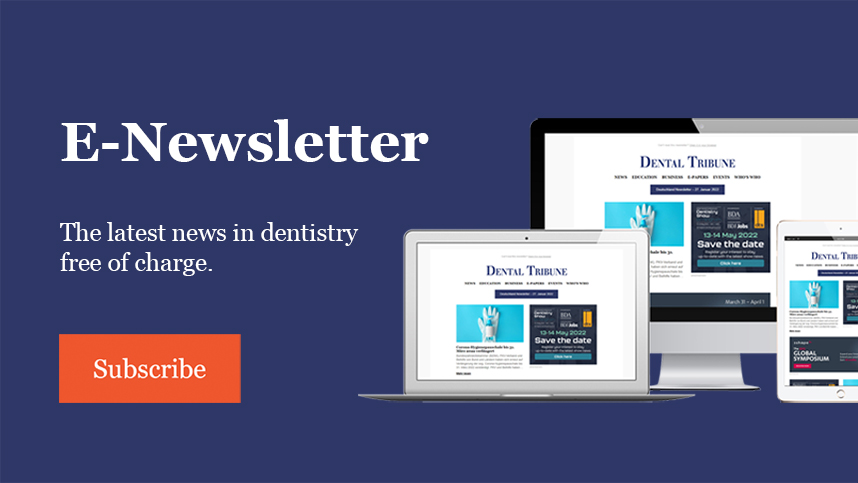


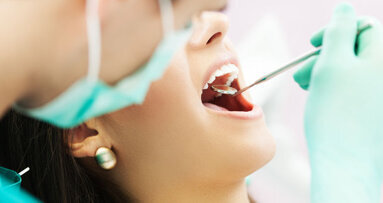
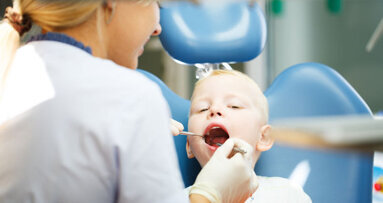


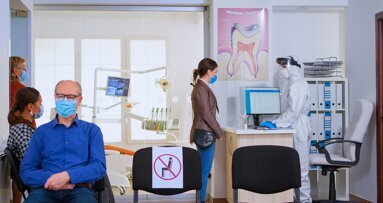

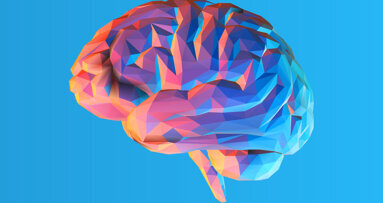
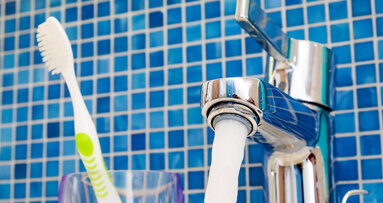

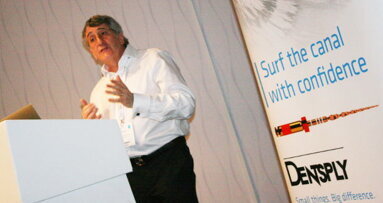










To post a reply please login or register